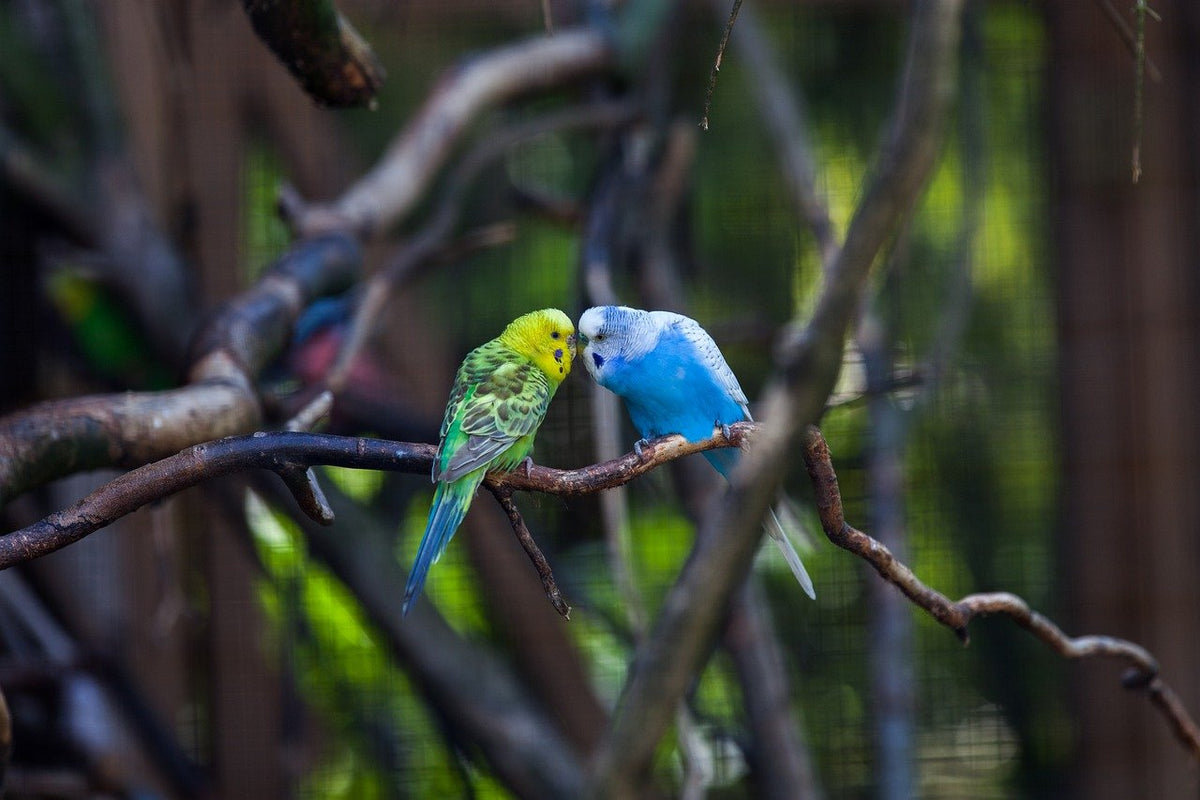How to keep your cute little birds happy and healthy
Lovebirds are renowned for their vibrant plumage, playful personalities, and strong social bonds. As devoted companions, these tiny treasures require careful attention to their dietary needs. One of the key aspects of ensuring their well-being is providing nutritious and varied meals. In this blog post, we'll explore the world of Lovebird lunches, offering insights into their dietary requirements and sharing tips on how to keep these delightful birds happy and healthy.
Understanding Lovebird Dietary Needs:
Lovebirds have specific nutritional requirements that must be met to maintain their health and vitality. A well-balanced diet contributes to their vibrant colors, energetic behavior, and overall well-being. Their primary diet should consist of a high-quality pellet or seed mix, supplemented with fresh fruits, vegetables, and the occasional treat.
- Choose a reputable brand of pellets or seeds to ensure your lovebird receives essential nutrients.
- Pellets offer a more balanced nutrition profile, while seeds can be given in moderation to prevent excessive fat intake.
- Introduce a variety of fresh fruits such as apples, grapes, berries, and citrus fruits.
- Ensure fruits are washed thoroughly and cut into bite-sized pieces to prevent choking hazards.
- Include a mix of vegetables like leafy greens, carrots, bell peppers, and broccoli.
- Steam or chop vegetables to make them more appealing and easier to consume.
- Offer cooked grains like quinoa, brown rice, and whole wheat pasta for added diversity.
- These grains provide essential carbohydrates and can be a source of energy.
- Incorporate lean protein sources like boiled eggs, cooked chicken, or legumes.
- Protein is crucial for muscle development and overall health.
Tips for Lovebird Lunch Success:
- Always provide clean, fresh water in a spill-proof dish to keep your lovebird hydrated.
- Make mealtime an interactive experience by offering food from your hand or placing it in foraging toys.
- This engages their natural instincts and adds mental stimulation.
- Pay attention to portion sizes to prevent overeating and obesity.
- Adjust serving sizes based on your lovebird's activity level and age.
- Keep mealtime exciting by rotating different fruits, vegetables, and grains.
-
This not only provides a diverse nutrient profile but also prevents boredom.
Conclusion:
Caring for a lovebird involves more than just providing a cage and occasional treats. By paying careful attention to their dietary needs, you can ensure that your tiny treasure remains happy and healthy. Experiment with various food options, maintain a balanced diet, and create an engaging mealtime routine to strengthen the bond with your feathered friend. A well-fed lovebird is not only a joy to behold but also a testament to your commitment as a responsible pet owner.

